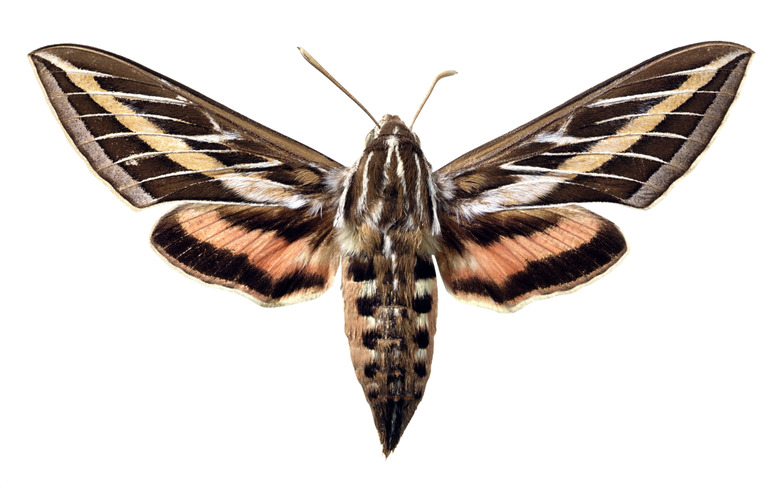The Moonflower's Leaves Are Yellow
Few sights in the garden compare with the wonder of the night-blooming moonflower (Ipomoea alba). This annual vine's subtle fragrance attracts the huge sphinx moth as several gleaming white, morning glory-shaped flowers, each 6 inches across, open on each mature vine from dusk to shortly after dawn. Healthy plants have glossy dark-green leaves on vines that can reach 15 feet tall, but less-than-optimal conditions can cause the leaves to turn yellow and fall off.
Few sights in the garden compare with the wonder of the night-blooming moonflower (Ipomoea alba). This annual vine's subtle fragrance attracts the huge sphinx moth as several gleaming white, morning glory-shaped flowers, each 6 inches across, open on each mature vine from dusk to shortly after dawn. Healthy plants have glossy dark-green leaves on vines that can reach 15 feet tall, but less-than-optimal conditions can cause the leaves to turn yellow and fall off.
Moonflower Needs
The moonflower is a vigorous vine that does best in soil that is kept uniformly moist and has ample fertility, noted Greg Stack, a horticulture educator with University of Illinois Extension in Cook County. These heavy feeders generally do well in a garden bed prepared with ample organic matter to keep the soil moist. Mix fertilizer into the garden bed or container before placing the seeds. Wait until the soil is well warmed after the last frost before planting moonflower seeds outdoors. Midway into the season, they benefit from a side dressing with additional fertilizer. Mix enough gallons of liquid fertilizer per application to completely soak the container or surrounding soil. "All of this produces a plant that has very large, glossy green leaves and ample flowers," Stack said.
- Few sights in the garden compare with the wonder of the night-blooming moonflower (Ipomoea alba).
- The moonflower is a vigorous vine that does best in soil that is kept uniformly moist and has ample fertility, noted Greg Stack, a horticulture educator with University of Illinois Extension in Cook County.
Yellow Leaves
Moonflowers grown in a container and up a trellis can face problems if the container is too small. The plants also struggle in a garden bed or a soil media that was not properly prepared, is not watered well enough to keep the soil uniformly moist or lacks enough fertility to keep the leaves green. Poor color, including yellow leaves, and growth can result from one or all of these problems in a container or a garden bed.
Container Preparation
You can switch your moonflowers to a larger container if your current one is less than 24 to 30 inches in diameter. "A large nursery container used for growing trees would be good," Stack said. Drill drainage holes in the bottom if they are not already present, and add a prepared potting media composed of bark, peat and perlite, vermiculite or a similar material; avoid bagged media labeled as topsoil. If you prefer, you can make a potting media using garden soil as a base by mixing one part good garden soil or pine bark fines, one part peat and one part perlite.
- Moonflowers grown in a container and up a trellis can face problems if the container is too small.
- If you prefer, you can make a potting media using garden soil as a base by mixing one part good garden soil or pine bark fines, one part peat and one part perlite.
Container and In-Ground Care
After planting your seeds in the ground or in a container, water well. Continue to water as need, checking the moisture level by sticking your finger in the soil. "If it's dry a few inches down, water, and if it is still moist, don't," Stack recommended. As the season progresses and the moonflower gets taller, watering may need to be more frequent. If you don't water on time and the soil dries out too frequently, the plant will suffer leaf loss and leaf damage. Replace nutrients you are flushing out of the container soil with a liquid fertilizer such as 20-20-20, mixed per the label instructions and then applied to the pot until the soil mass is moist. Stack advised that you may need several gallons of the fertilizer mixture. "This should be done about every two weeks or so," he said. "This will keep the good green color in the plant."
- After planting your seeds in the ground or in a container, water well.
- If it's dry a few inches down, water, and if it is still moist, don't," Stack recommended.
